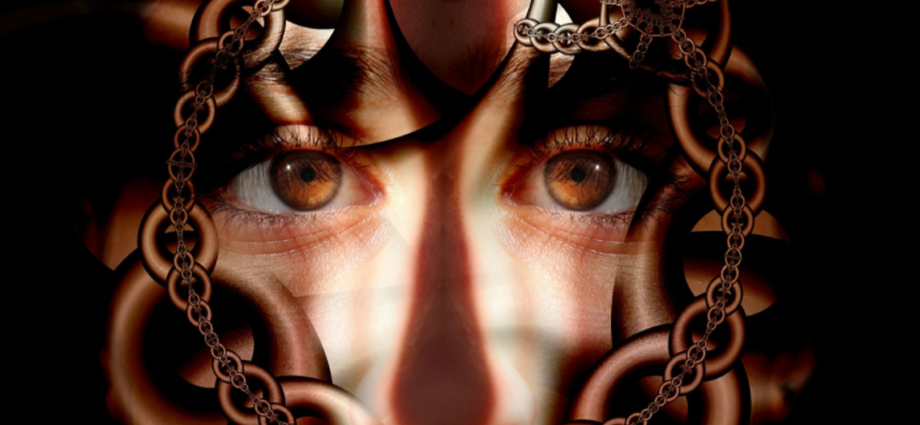|
|
Bipolar Disorder is a mood disorder in which an individual’s mood alternates between helplessness and lethargy or depression and the overexcited state of mania – formerly called manic-depressive disorder.
Highs and Lows
Episodes of major depression usually end, and people go back to previous behavior patterns – either permanently or temporarily. However, some people respond to, or sometimes start with the opposite emotional extreme – the euphoric hyperactive and wildly optimistic state of mania. If you could equate that depression is like living in slow motion, then mania is like living in fast forward. Fluctuating between depression and mania signals bipolar disorder. During the manic phase of bipolar disorder, which can last up to seven days, the person is typically over-talkative; overactive; and elated (although easily irritated if crossed); sleeps very little; and shows less sexual inhibitions; their speech is loud, flighty and hard to interrupt.
Creative Mania
One of mania’s maladaptive symptoms is grandiose optimism and self-esteem, which may lead to reckless spending sprees, investments, and unsafe sex. People in the manic state find advice irritating. They often require protection from their own poor judgement. In milder forms however, the energy and free-flowing thinking of mania can be remarkably creative. Before long, the elevated mood either returns to normal or collapses into depression.
Bipolar Disorder can begin in childhood and is usually diagnosed during the late teen years.
This report is not a diagnosis. We hope this information can guide you toward improving your life.
Review our Knowledge Base or the links displayed on this page for similar and related topics.

